
Beets are popular as a way to add bright color and plenty of antioxidants to a meal. Many people also enjoy their sweet and earthy flavor, plus the many ways that you can use beets.
And, honestly, what’s not to love? Beets are delicious and can easily be grown in your garden at home. Doing so gives you the freshest possible vegetable, while allowing you to experiment with different cultivars, each with their own features.
Still, there’s an important question to ask – can you eat raw beets? The idea is an interesting one, as many people are turning to raw foods, in the hope for extra health benefits. But, while plenty of foods can be safely eaten raw, others (like lentils and shrimp) are much more concerning.
In this case, the short answer is yes, you can eat raw beets. For that matter, raw beets are often eaten these days or turned into juice. There might even be extra benefits from choosing raw beets over cooked ones. Still, there are some potential issues to think about, including the FODMAPs and oxalates in beets.
Can You Eat Raw Beets?

So, clearly, you can eat raw beets, but that’s not all there is to consider. We also need to look at the differences between raw beets and fresh ones. Also, if raw beets are a good choice, how do you take advantage of them?
Benefits Of Raw Beets
Beets themselves have plenty of health benefits. For one thing, they’re rich in a variety of nutrients and antioxidants, all of which can promote health and long life. Some of the healthy compounds could help to decrease inflammation as well, which has many positive implications for your health and disease risk.
You get all of these benefits regardless of whether you focus on raw beets or cooked beets.
Beets are also strongly related to improved heart health, partly because they can decrease blood pressure and high blood pressure raises your risk of heart disease. Many of these heart health benefits come from naturally occurring nitrates.
Nitrates are also associated with potential benefits for athletes, including improved performance.
These nitrates are highly relevant for our conversation on beets, as cooking can make nitrates less available, leading to fewer benefits from them. So, raw beets are the way to go if you want the most heart benefits from beets.
Risks Of Raw Beets
Side effects from beets can occur, especially if you have a sensitive digestive system. This is sometimes due to the fiber content and happens most often for people who suddenly change their fiber intake. The easiest way around the issue is to increase your fiber intake slowly, rather than dramatically.
Other times, digestive side effects are due to FODMAPs. These fermentable carbs can lead to side effects like stomach cramps, pain, and gas for some people. If you experience such side effects, you might need to avoid beets entirely.
Beets are also a high oxalate food. Oxalates are naturally occurring compounds and often aren’t a big deal. However, they can increase your risk of kidney stones, especially if you don’t drink enough water or consume a large amount of oxalates.
Those two effects are relevant to beets themselves, regardless of whether you eat them raw or cooked.
Another problem to consider relates to blood pressure. Notably, because beets can slightly lower blood pressure, they could cause dangerous blood pressure drops in some people. This is most likely if you have low blood pressure currently or are on blood pressure medication.
This blood pressure effect may be stronger in raw beets, as raw beets have higher levels of nitrates.
Finally, it’s important to be certain that your raw beets are safe, as produce can be contaminated with microbes. Cooking food kills those microbes, which doesn’t happen if you eat the beets raw instead.
Raw beetroot has even occasionally been linked to gastrointestinal illness outbreaks. But, thankfully, such issues are incredibly rare. Most people can enjoy raw beets without any side effects.
Can You Eat Raw Beet Skins?
Beets are often peeled before being eaten because the skins are pretty tough. This effect is even more noticeable with raw beets. Raw beet skin also has a robust earthy flavor and is somewhat bitter – features that also make it less appealing.
Still, if you don’t mind the flavor and texture, raw beet skins are entirely edible. They also contain nutrients, which is always a good thing.
Are Raw Beets Healthier Than Cooked Beets?

It’s easy to imagine that the raw version of a food is always healthier than the cooked one. After all, cooking isn’t likely to increase the nutrient content of foods. It’s going to decrease it instead.
In the case of beets, cooking decreases the vitamin C content and some of the antioxidants are lost as well. Even so, most of the nutrients remain intact and cooked beets still retail plenty of benefits.
How you cook your beets is relevant as well. Steaming or roasting your beets is the best way to go, as these techniques minimize the amount of nutrients lost.
Still… raw beets are harder to digest than cooked ones. This works against you and could mean you absorb fewer nutrients than if you cooked the beets instead.
In the end, the health differences between the types aren’t dramatic. It’s generally best to go with the type of beet you prefer, rather than try for the most possible nutrients.
Raw Vs Cooked Beets
Raw beets tend to have a strong earthy flavor and a touch of sweetness. They’re even described as being reminiscent of dirt, but not in a bad way (surprisingly!).
The flavor mellows out as beets are cooked. You’ll notice much more sweetness when beets are cooked, while the earthy flavor tones become less dominant.
Texture is different too, as raw beets are firm and crunchy, while cooked beets are much softer. The crunchiness of raw beets is why you’ll often see them grated or cut into small pieces for salads.
However, the flavor and texture of beets vary depending on how they’re cooked, the cultivar of beet, and also the age of the beet. For example, yellow beets and younger beets tend to have milder flavor than mature red beets.
Popular Ways To Eat Raw Beets

In A Salad
Salads are one of the most popular ways to use raw beets. That’s not surprising, as the beets are easy to use and nicely complement the other ingredients in your salad. Their earthy and sweet flavors also help to make the flavor profile more complex and exciting.
The bright red color of beets is appealing too, especially if your salad focuses heavily on green ingredients. Of course, you don’t need to stick with red beets. Beets of other colors can be eaten raw as well. Each type brings its own distinct flavors.
You have a few options for how to use your beets, including grating, slicing, or dicing them. The best approach will be influenced by the other salad ingredients and the texture you’re looking for.
Beetroot With Dressing
Instead of adding beetroot into a salad, you can try serving beetroot as a salad in its own right. This can be as simple as grating beetroot and serving it with a citrus dressing.
Some recipes add a few extra ingredients, like seeds or perhaps grated carrot. Doing so adds complexity without taking away from the beetroot flavor.
Juiced
Raw beet juice is sometimes promoted as a health tonic and is associated with all kinds of health benefits, including improved athletic performance, help with weight management, better stamina, and decreased blood pressure.
While those potential benefits are true for raw beets as well, beet juice has the advantage of being easy to consume. You can even find it sold as a juice, rather than needing to make it yourself.
Some care is needed, as you can easily overconsume beet juice. Be especially cautious if you have low blood pressure, are sensitive to FODMAPs, or are at risk of kidney stones.
As A Garnish
Raw beets can also be used as a garnish, such as for salads or soups. Here, you’ll generally want to grate the beets or chop them finely so the pieces are easy to eat.
Instead Of Noodles
Raw beets can be spiralized like zucchini, making them an excellent replacement for noodles in a variety of dishes. Doing so is excellent if you hope to decrease your carb content or get more nutrients in your diet.
You might use just beet noodles in a dish or use a combination of two or more types of spiralized noodles. Using multiple types is helpful if you find raw beets a little too intense.
In A Smoothie
Smoothies are fantastic ways to use raw beets. You still get all the benefits of the beets, including more fiber than you get with beet juice. Plus, your other smoothie ingredients help to mellow the flavor of your beets and create a more balanced drink.
You can also play around with ingredient ratios to make smoothie bowls rather than regular smoothies. Smoothie bowls often have a more interesting flavor and texture, especially as you can add a variety of toppings to them.
You’re also eating these with a spoon, rather than drinking a smoothie. Doing so means you’re consuming them more slowly, which may increase your sense of fullness.
Fermented

Finally, raw beets can be fermented. The fermentation process can provide additional features, like probiotics for gut health and increased nutrient availability.
Still… because fermentation causes notable changes, fermented beets can’t really be considered raw beets. They’re in a category all of their own.
How Many Raw Beets Can You Eat?
There is no recommended daily intake for raw beets. Instead, the amount you can eat will vary based on individual factors, including how well you can digest the beets and whether you’re sensitive to FODMAPs and oxalates.
In all cases, it’s best to start with a small amount of raw beets and gradually increase your intake over time. This way, you can keep an eye out for any side effects and then adjust your intake as needed.
Frequently Asked Questions
How Long Do Raw Beets Last?
Unwashed raw beets with their greens removed can last anywhere from two weeks to two months in the crisper drawer of your fridge. Once cut, beets will last up to five days in the fridge. The cut beets are best stored in a container with a moist paper towel, as this prevents them from drying out.
Can You Freeze Raw Beets?
Raw beets can be frozen and this is one of the best ways to make them last longer. However, as with potatoes, it’s best to partially cook beets before you freeze them. Their texture ends up awful otherwise.
How Do You Prepare Raw Beets?
Raw beets are generally washed and peeled, after which you can grate them or cut them into small pieces. You’ll need to prepare your work area carefully if you’re working with red beets, as their juice easily stains your hands, cutting boards, fabric, and a surprising number of other things.
Is Canned Beetroot Raw?
Canned beetroot isn’t raw, as the beetroot is generally boiled or steamed before it is canned.
Are Red Beets Healthier Than Yellow Beets?
Red beets and yellow beets have similar nutritional properties and both contain a considerable selection of antioxidants. Despite differences in color and flavor, both types are healthy and can be used interchangeably.
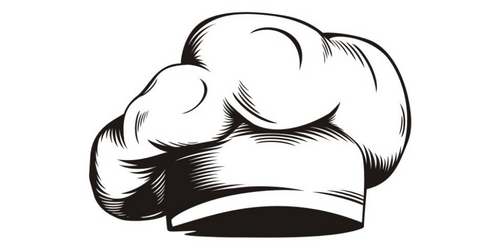
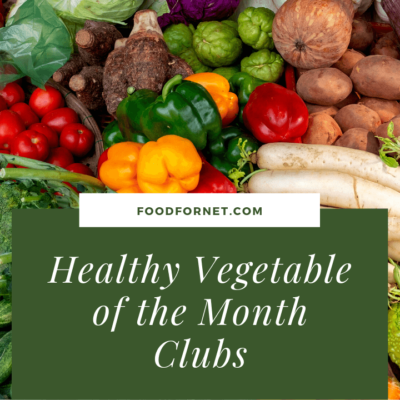

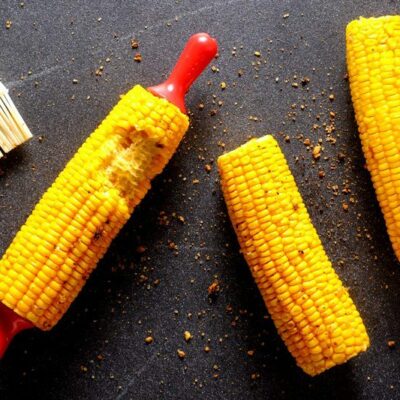


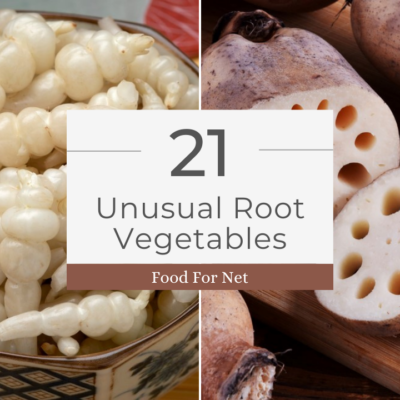

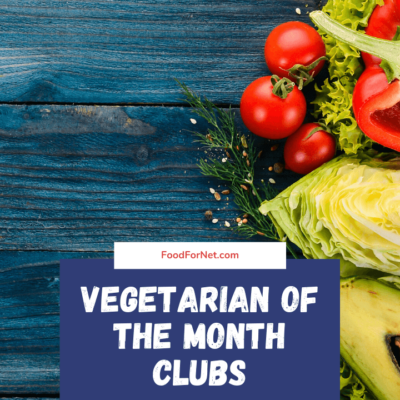
 17 Types Of Coffee To Expand Your Coffee Horizons
17 Types Of Coffee To Expand Your Coffee Horizons